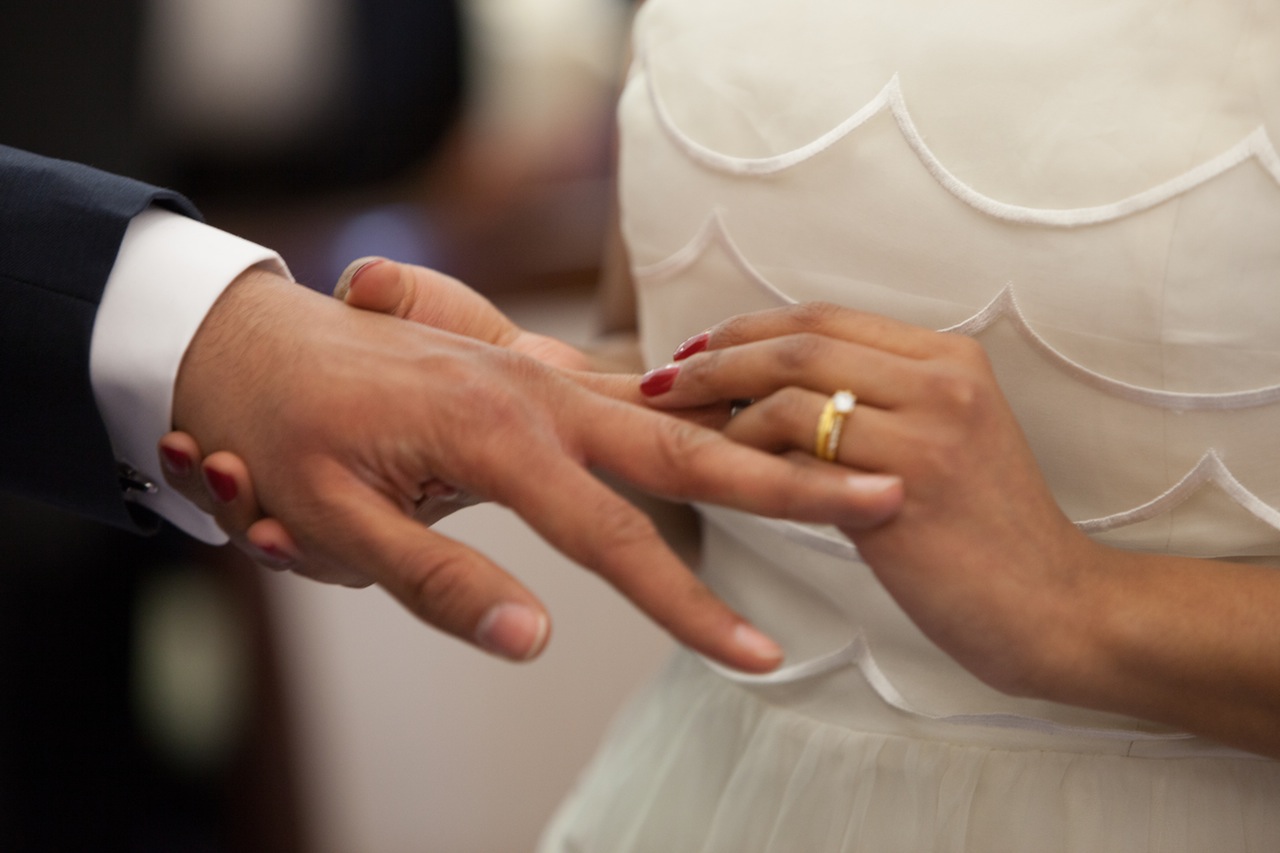Weddings Around the World
 In a world full of culture, no two weddings are alike and there is no better way to show homage to one’s heritage than by incorporating old world traditions in your wedding. The Manor has already united Polish, Greek, Chinese, Jewish and Indian wedding traditions, but there is a whole world to still explore. So grab your plane ticket as The Manor presents to you wedding rituals and traditions from Germany, Spain, Turkey, Russia and the Philippines.
In a world full of culture, no two weddings are alike and there is no better way to show homage to one’s heritage than by incorporating old world traditions in your wedding. The Manor has already united Polish, Greek, Chinese, Jewish and Indian wedding traditions, but there is a whole world to still explore. So grab your plane ticket as The Manor presents to you wedding rituals and traditions from Germany, Spain, Turkey, Russia and the Philippines.
German Wedding Traditions
Though German weddings are similar to American weddings, they have many celebratory traditions before and after a wedding. Old tradition announced an engagement with an official invitation mail carrier to walk door to door and personally hand invitations to friends and family.
The night before the wedding, the couple throws a big informal party to include all friends, because typically Germans have small weddings. Polterabend, “ Eve of racket making” involves a rowdy party and breaking dishes and glasses to symbolize good luck. After the thrilling celebration, the couple will clean the debris together symbolizing their preparedness for future life’s strife. The bride and groom are put to the test once again after the completion of the ceremony, partaking in “Baumstamm Sagen” sawing a log in half to symbolize overcoming life’s battles untidily. After the ceremony, guests joyously honk and carry on for the drive to the reception.
Spanish Wedding Customs
Contrary to traditional American weddings, it is not uncommon for a Spanish bride to wear a black dress and matching veil on her wedding day. It was old tradition for the bride to wear a black silk dress signifying loyalty and faithfulness until death; however, today it is more common for Spanish brides to wear white wedding dresses. When it comes to choosing floral arrangements, orange blossoms are chosen as they symbolize happiness. It is common to coordinate orange blossoms in bridal bouquets, headbands and centerpieces.
Custom to Spanish culture, brides and grooms wear their wedding rings on their right hand. Dancing to lively music is a big part of Spanish culture, particularly mariachi bands and salsa music. During the newlywed’s first dance, guests form a heart.
Turkish Wedding Culture
In old tradition, Turkish families arranged marriages for their children; however, today men and women find their own soul mates. A Turkish wedding is a two-day ceremony usually on a Tuesday to Thursday or a Friday to Sunday. Typical traditions include planting of a wedding flag in which. Contrary to an American bachelorette party, in Turkey, this is a solemn right of passage ceremonial gathering of woman in the bride’s life. During this ceremony henna is used to paint the brides hands and feet and she wears a signature red veil. A Turkish bride often incorporates the color red into her wedding dress, veil or ribbon belt, to represent good luck and fortune.
During the reception, a Turkish custom is for the bridal party includes the single ladies writing their names on the bottom of the bride’s heels. After a long night of dancing, the bridal party checks the soles of the heels, whatever bridesmaid’s name has worn off, she is next to marry.
The last element of a Turkish wedding is the Nuptial Chamber. The Nuptial Chamber is an old Shiite tradition that many Turkish newlyweds continue to follow. The idea is that the bride and groom spend their first night together as a married couple.
Russian Wedding Rituals
Prior to the Russian wedding ceremony, the groom must prove his love to his future bride by completing a “maze”, obstacles set up by the bridal party usually in the bride’s parent’s home. For Russian couples, it is also tradition to incorporate a crowning at the wedding ceremony in which priests lead prayers and crown the couple. The crowns signify honor and glory on their special day.
At the reception, Russian guests make a toast to celebrate the newlyweds. They sip wine or vodka, and proceed to complain about its bitterness. They shout, “Gorko, Gorko!” meaning “bitter, bitter.” In response, the bride and groom kiss for a long time, symbolizing sweetness, making the wine or vodka less bitter. The crowd cheers the couple on until they are satisfied with the kiss. If the newlywed does not kiss for long enough, the guests will continue to shout, “Gorko!”
Filipino Wedding Traditions
For many couples, rain can ruin a wedding day, however in Filipino tradition, rain is considered good luck. If it’s not raining on the wedding day, guests will improvise and toss rice at the newlyweds to symbolize good luck, prosperity and happiness.
In old tradition, the Filipino groom would present the bride with thirteen coins to pledge his financial support to her. However, one tradition still practiced in Philippine culture today is the veil and cord ceremony. A veil is placed over the couple to express harmony and solidarity. A white cord, or “yugal,” is draped around the bride’s head and groom’s shoulders representing the couple’s unity. Both the bride and groom wear white on their wedding day, the groom wears a customary “barong tagalog” white button down shirt. Contrary to American tradition, in Filipino culture instead of tossing the bridal bouquet, it is dedicated to a saint or placed on the grave of a loved one,
In Unison
For any wedding, it all comes down to the details; the wedding dress, music selection, religious rituals, wedding traditions, and even the weather can all play a vital role in creating the perfect matrimony. Every culture has something unique to offer and here at the Manor, we embrace and celebrate all the many wedding traditions. Our wedding planners are happy to meaningfully marry together each couple’s heritage.


